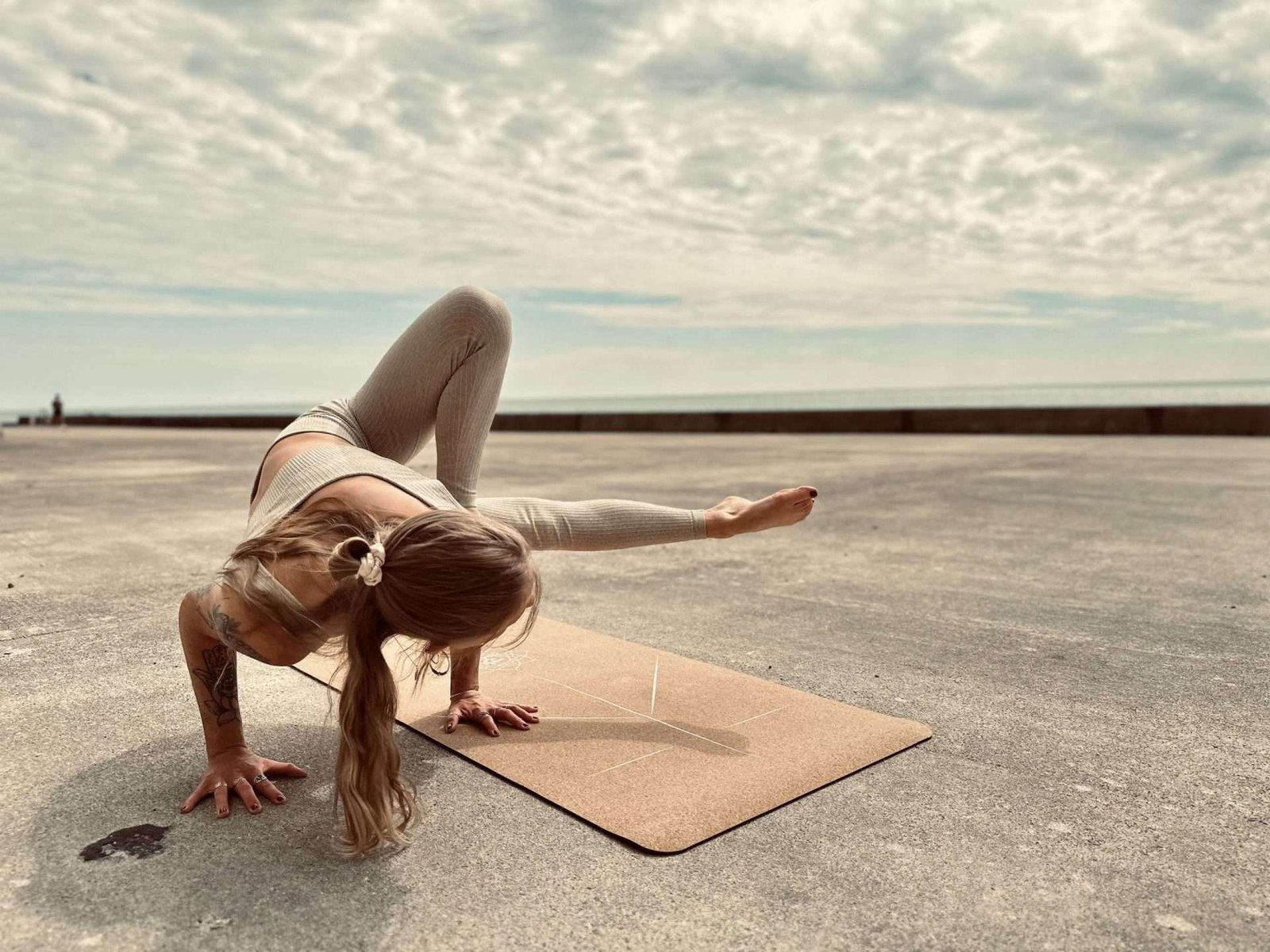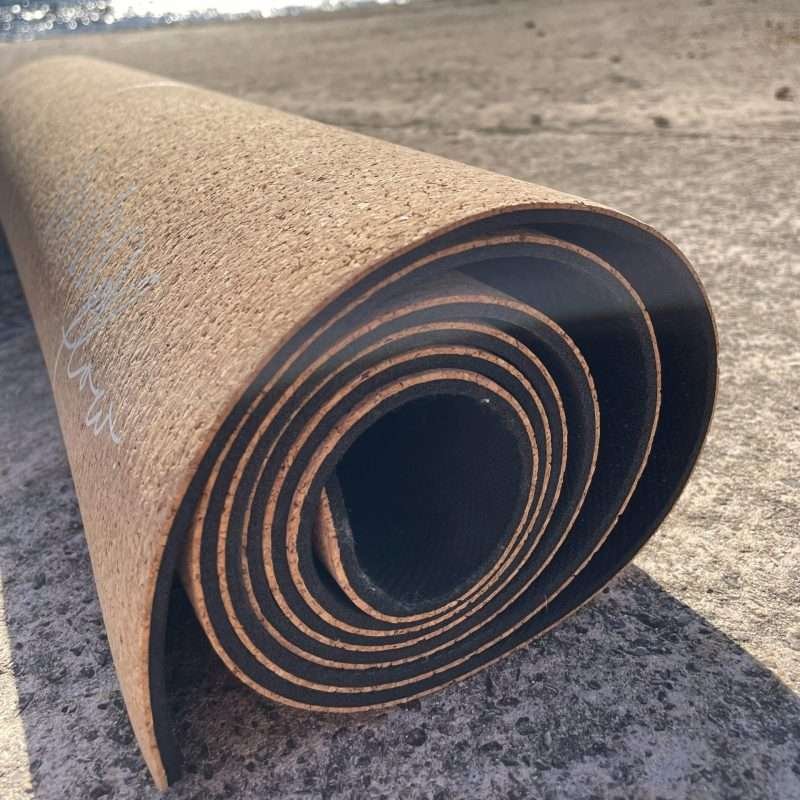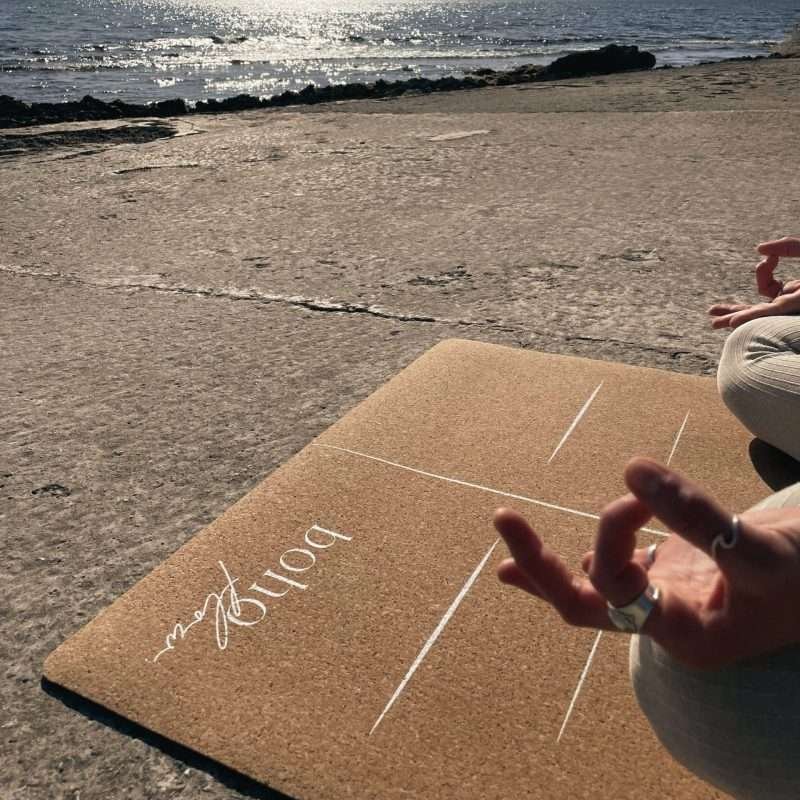
Blog
What are the Niyamas: Exploring The Second Limb of Yoga
Following the Yamas, which provide ethical guidelines for our interactions with the external world, the second of the eight limbs is the Niyamas. These are personal observances or disciplines that guide our inner growth and help us cultivate a positive and harmonious inner life. Hereby, Ni (नि) translates to “within” and Yama (यम) to “restraint”. The Niyamas consist of five principles that support the development of self-discipline, purity, and contentment.
An Introduction to the Eight Limbs of Yoga: What are the Yamas?
Patanjali’s Yoga Sutras, a foundational text of classical yoga philosophy, outline an eight-limbed path to above mentioned enlightenment and self-realization. The first of the eight limbs are the Yamas. The Yamas are ethical guidelines or moral imperatives that govern our behavior and interactions with the world around us. The Yamas are the foundation upon which a yogic lifestyle is built and provide a moral compass.
How is Cork Harvested: The Eco-Friendly Journey of Cork from Tree to Yoga Mat
Cork is harvested from the cork oak tree (Quercus suber), which primarily grows in the Mediterranean region. Countries like Portugal and Spain are well-known suppliers for the raw cork material. The process of harvesting cork is unique and sustainable, involving careful techniques that ensure the tree's health and longevity. Here’s how it works.
How Thick Should a Yoga Mat Be: 5 Things to Consider When Choosing a Good Yoga Mat Thickness
The thickness of your yoga mat can, for example, impact your practice by influencing everything from comfort and stability to portability and durability. We want to lay out some important aspects for you to consider before choosing a good yoga mat thickness for you, your mat and your practice. We will give you a few tips below, but these are ultimately influenced by everyone’s personal preferences.
Victorious Breath: A Guide to Ujjayi Pranayama in Yoga
Part of the ancient practice of yoga is Pranayama, also known as “breath control”. However, pranayama is really much more than that. A more exact translation is “controlling the life force or life energy”. Prana is our life energy – in the form of the breath – which we can learn to control with certain breathwork exercises. One of the most common forms of pranayama in yoga is the so called Ujjayi Pranayama.
The Power of Affirmations: A Simple and Effective Way to Transform Your Mindset and Life
Affirmations – or positive statements, when repeated regularly, have the potential to transform our mindset, behavior, and ultimately, our lives. But what exactly are affirmations, where do they originate, how can we use them, and what purpose do they serve? In this article, we will explain exactly what affirmations are, how they work and why they’re so effective. So, let’s dive in!
TPE vs. Natural Rubber Yoga Mats: Highlighting the Differences
The choice of your yoga mat goes beyond just aesthetics or comfort — it's a decision about sustainability, performance, and alignment with your values. In many of our other articles, we discuss the benefits and unique aspects of cork yoga mats. Today we want to explore the two most common materials used as backing for cork yoga mats: Thermoplastic Elastomer (TPE) and natural rubber.
Top FAQs about Cork Yoga Mats: All Your Questions Answered
Cork yoga mats have been gaining popularity among yogis for their eco-friendly nature, excellent grip, and durability. If you're considering investing in a cork yoga mat but have questions, you've come to the right place. In this article, we'll address the most common queries surrounding cork yoga mats to help you make an informed decision.
Meditation in Yoga: The Role of Meditation in a Modern Yoga Practice
Meditation has a long and diverse history, with origins that span across cultures, civilizations, and religious traditions. Despite its ancient roots, meditation continues to evolve and adapt to the needs and aspirations of modern practitioners, offering a timeless pathway to inner peace, self-discovery, and spiritual awakening. Traditionally, yoga was conceived as a holistic system aimed at achieving union between the body, mind, and spirit.
Breathing Life into Your Practice with Pranayama: The Art of Conscious Breathwork
There are various pranayama techniques, each serving unique purposes. Ujjayi breath, for example, creates a soothing oceanic sound, promoting concentration and warmth. Nadi Shodhana, or alternate nostril breathing, seeks to balance the body's energy channels, fostering harmony and mental clarity. Kapalabhati, often referred to as "skull-shining breath," is an invigorating technique that involves forceful exhales through the nose to cleanse and energize the body.










